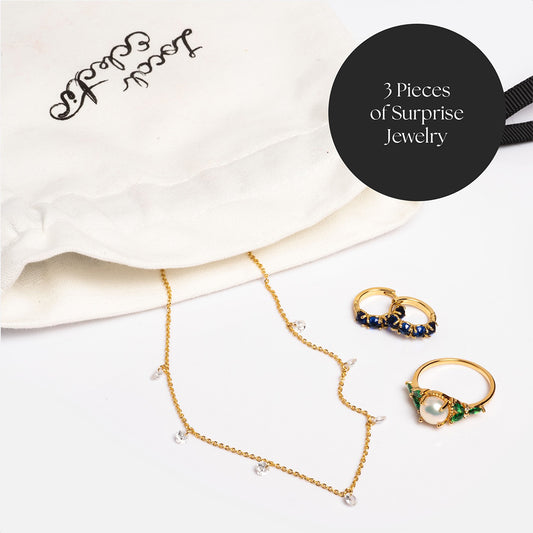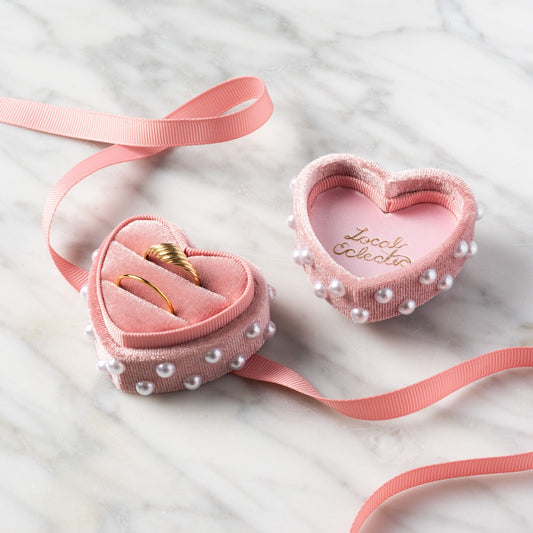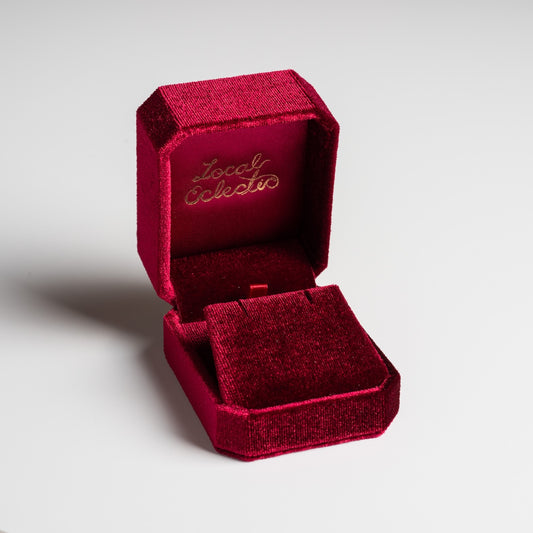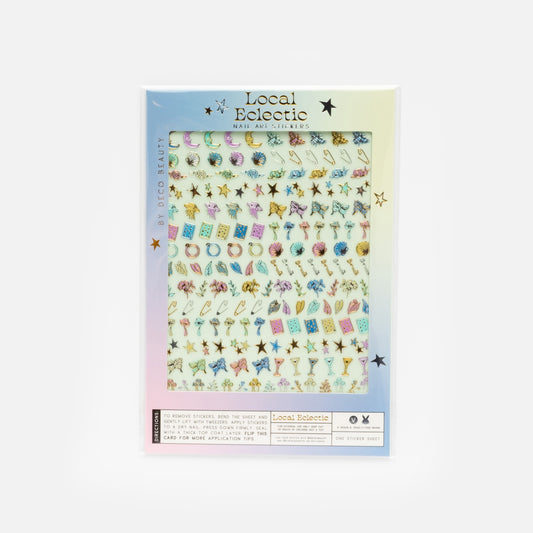
What’s a karat, anyway? Between jewelry shopping and pop culture references (we’re so sorry if that one Bruno Mars song is now stuck in your head), we’ve all heard and used the term “karat” when referring to gold. But what exactly is a karat of gold, what do the different numbers mean, and which is best? Read on for everything you need to know about gold karats.
All About Gold
Gold is one of the five most expensive metals in the world (along with palladium, platinum, rhodium, and iridium) and is known for its shiny yellow color and its use in luxury goods. It naturally occurs on every continent except Antarctica and is usually found embedded in other minerals and rocks like quartz and granite. Gold is also found in the ocean, but it’s much more diluted and extremely difficult to mine, so it mostly goes untouched. Gold is one of the softest metals on earth, so it’s rarely used in its pure form, and is most often mixed with other metals (called alloys) to harden it for everyday use. Alloys are created by mixing two or more metals together, and the metals used with gold are copper, silver, nickel, and zinc. The combination of metals used depends on whether the tone of the gold is yellow, white, or rose.
All About Karats
A karat is a measurement of weight and indicates gold purity. The weight of pure gold is 24 karats, so every 1 karat represents 1/24 of pure gold. The remaining portion is made up of alloys, so 14k gold is 14 parts pure gold to 10 parts alloy. Pure 24k gold is not suitable for jewelry because of how soft and malleable it is. In order for jewelry to keep its shape and last for years, it needs to be hardened with alloys, which is why you’ll see jewelry most often made with 9k, 10k, 14k, and 18k gold.
The Difference in Gold Karats
So why the variation? Wouldn’t you always want to use gold that's as close to pure as possible? Not necessarily. There are subtle differences and various benefits to different karats of gold.

All About 9k Gold
9k gold is 37.5% pure gold, and 62.5% alloys copper and silver. The higher percentage of alloys gives 9k gold a paler yellow color that’s not as rich as its higher karat counterparts. 9k is the most durable and more resistant to bending and scratching, making it a great option for jewelry that you never want to take off like earrings and necklaces. It’s also the most cost effective option making it most accessible. If you have an allergy to any of the metals used as gold alloys, your skin may react to 9k gold. Because of the higher percentage of alloys, 9k gold will subtly change color over time.

All About 10k Gold
10k gold is 41.7% pure gold and 58.3% alloys. It’s more commonly used than 9k gold in jewelry, and has a slightly more yellow appearance, though it’s hard to catch the difference with the naked eye. It’s marginally more expensive than 9k, but has a similar strength. If you have allergies to alloy metals, it’s still possible for your skin to react to 10k gold.

All About 14k Gold
14k gold is 58.3% pure gold and 41.7% alloys and is most commonly used in fine jewelry, and so the medium yellow color of 14k is what we normally associate with the “true” color of gold jewelry. 14k is popular because it’s more durable and cost effective than 18k. It’s a truer yellow gold color than 9k and 10k, and it’s much less likely to turn color or cause any allergic reactions because of its lower proportion of alloy metals.

All About 18k Gold
18k gold is 75% pure gold and 25% alloys. Because it contains more pure gold, 18k has more of a bright orangey-yellow color than its lower carat counterparts. 18k is less likely to cause an allergic reaction, and is also more expensive. It’s a favorite material for engagement and wedding rings, but is less popular for earrings and necklaces since it’s softer than other karats of gold.
So Which Gold Karat Should You Choose?
If you’re looking for a more cost effective option and/or want your piece to be as strong as possible, and if you don’t have allergies to any alloy metals, go with 9k or 10k. If you want that traditional golden yellow color with a mid range price point for a piece that you wear everyday but requires a bit more care, 14k is a great option. If you have allergies and/or want to get as close to a true golden hue as possible, and if you’re prepared to take extra care not to scratch your piece, 18k is a great choice. And if you don’t have any preference at all, we don’t blame you! You can pick your pieces based on what design speaks to you instead.





